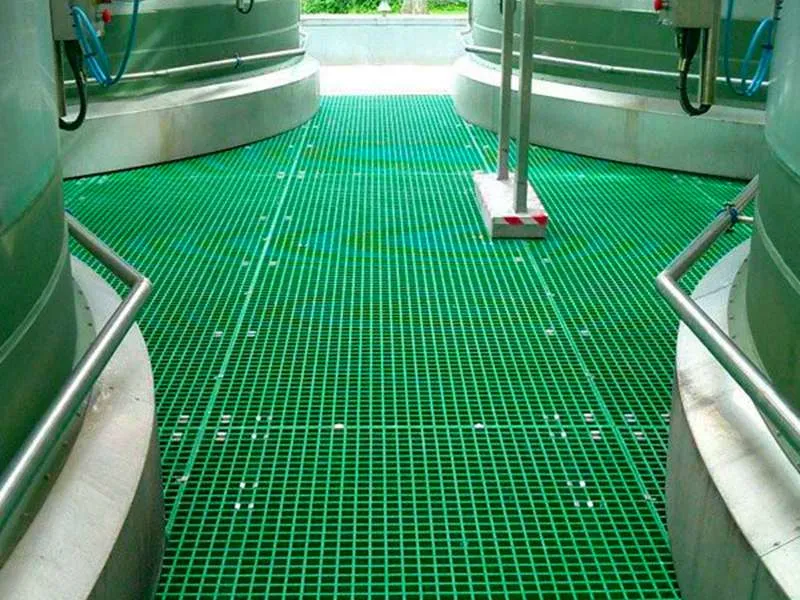
-
 Afrikaans
Afrikaans -
 Albanian
Albanian -
 Amharic
Amharic -
 Arabic
Arabic -
 Armenian
Armenian -
 Azerbaijani
Azerbaijani -
 Basque
Basque -
 Belarusian
Belarusian -
 Bengali
Bengali -
 Bosnian
Bosnian -
 Bulgarian
Bulgarian -
 Catalan
Catalan -
 Cebuano
Cebuano -
 China
China -
 China (Taiwan)
China (Taiwan) -
 Corsican
Corsican -
 Croatian
Croatian -
 Czech
Czech -
 Danish
Danish -
 Dutch
Dutch -
 English
English -
 Esperanto
Esperanto -
 Estonian
Estonian -
 Finnish
Finnish -
 French
French -
 Frisian
Frisian -
 Galician
Galician -
 Georgian
Georgian -
 German
German -
 Greek
Greek -
 Gujarati
Gujarati -
 Haitian Creole
Haitian Creole -
 hausa
hausa -
 hawaiian
hawaiian -
 Hebrew
Hebrew -
 Hindi
Hindi -
 Miao
Miao -
 Hungarian
Hungarian -
 Icelandic
Icelandic -
 igbo
igbo -
 Indonesian
Indonesian -
 irish
irish -
 Italian
Italian -
 Japanese
Japanese -
 Javanese
Javanese -
 Kannada
Kannada -
 kazakh
kazakh -
 Khmer
Khmer -
 Rwandese
Rwandese -
 Korean
Korean -
 Kurdish
Kurdish -
 Kyrgyz
Kyrgyz -
 Lao
Lao -
 Latin
Latin -
 Latvian
Latvian -
 Lithuanian
Lithuanian -
 Luxembourgish
Luxembourgish -
 Macedonian
Macedonian -
 Malgashi
Malgashi -
 Malay
Malay -
 Malayalam
Malayalam -
 Maltese
Maltese -
 Maori
Maori -
 Marathi
Marathi -
 Mongolian
Mongolian -
 Myanmar
Myanmar -
 Nepali
Nepali -
 Norwegian
Norwegian -
 Norwegian
Norwegian -
 Occitan
Occitan -
 Pashto
Pashto -
 Persian
Persian -
 Polish
Polish -
 Portuguese
Portuguese -
 Punjabi
Punjabi -
 Romanian
Romanian -
 Russian
Russian -
 Samoan
Samoan -
 Scottish Gaelic
Scottish Gaelic -
 Serbian
Serbian -
 Sesotho
Sesotho -
 Shona
Shona -
 Sindhi
Sindhi -
 Sinhala
Sinhala -
 Slovak
Slovak -
 Slovenian
Slovenian -
 Somali
Somali -
 Spanish
Spanish -
 Sundanese
Sundanese -
 Swahili
Swahili -
 Swedish
Swedish -
 Tagalog
Tagalog -
 Tajik
Tajik -
 Tamil
Tamil -
 Tatar
Tatar -
 Telugu
Telugu -
 Thai
Thai -
 Turkish
Turkish -
 Turkmen
Turkmen -
 Ukrainian
Ukrainian -
 Urdu
Urdu -
 Uighur
Uighur -
 Uzbek
Uzbek -
 Vietnamese
Vietnamese -
 Welsh
Welsh -
 Bantu
Bantu -
 Yiddish
Yiddish -
 Yoruba
Yoruba -
 Zulu
Zulu
GRP Absorber Solutions - Innovative Noise Control and Vibration Damping
The Importance of GRP Absorbers in Modern Applications
Glass Reinforced Plastic (GRP), also known as fiberglass, has been a game-changer in many industrial applications due to its unique combination of strength, durability, and lightweight characteristics. Among the various applications of GRP, one of the most significant is in the production of absorbers, which play a crucial role in energy efficiency and environmental sustainability.
What are GRP Absorbers?
GRP absorbers are specifically designed components made from glass fiber-reinforced plastic, used primarily for thermal energy absorption. These absorbers are commonly seen in solar heating systems, industrial processes, and HVAC systems. They work by efficiently capturing, retaining, and transferring thermal energy, greatly enhancing the performance of the systems they are integrated into.
Advantages of GRP Absorbers
1. Corrosion Resistance One of the standout features of GRP is its corrosion resistance. Unlike traditional materials like metal, GRP does not rust or corrode when exposed to harsh environmental conditions. This makes GRP absorbers ideal for outdoor applications and in industries where exposure to chemicals is common.
2. Lightweight The lightweight nature of GRP allows for easier handling, transport, and installation compared to heavier materials. This can translate to lower structural support costs and simplified installation processes.
3. Thermal Properties GRP materials have excellent thermal insulation properties, which means they can efficiently capture and retain heat without significant losses. This thermal efficiency leads to better energy savings and improved overall system performance.
grp absorber

4. Design Flexibility The versatility of GRP allows for a wide range of designs and shapes. This flexibility makes it easier to optimize absorbers for specific applications, including unique installations in tight spaces or custom configurations to meet exact specifications.
Applications of GRP Absorbers
GRP absorbers have found widespread use across various sectors. In solar thermal systems, they are used to capture solar energy and transfer it to a fluid medium for heating applications. Industries utilize them in processes where waste heat recovery is essential, minimizing energy wastage and promoting sustainability.
Moreover, GRP absorbers are increasingly used in HVAC systems to manage and optimize indoor climate control effectively. By leveraging their thermal properties, buildings can maintain comfortable environments while reducing energy consumption.
The Future of GRP Technology
As the world continues to focus on sustainability and energy efficiency, the demand for advanced materials like GRP is expected to grow. Innovations in GRP manufacturing processes and composite technologies promise enhancements in the performance and capabilities of GRP absorbers. As industries seek to meet regulatory requirements and reduce their carbon footprint, GRP absorbers will likely play an essential role in evolving energy efficiency strategies.
In conclusion, GRP absorbers represent a significant advancement in material technology, addressing many of the challenges faced by traditional absorber materials. Their unique properties, combined with a focus on sustainability, make them an invaluable asset in modern applications aimed at improving energy efficiency and reducing environmental impact. Embracing GRP technology will not only optimize operational effectiveness but also contribute significantly to a more sustainable future.









